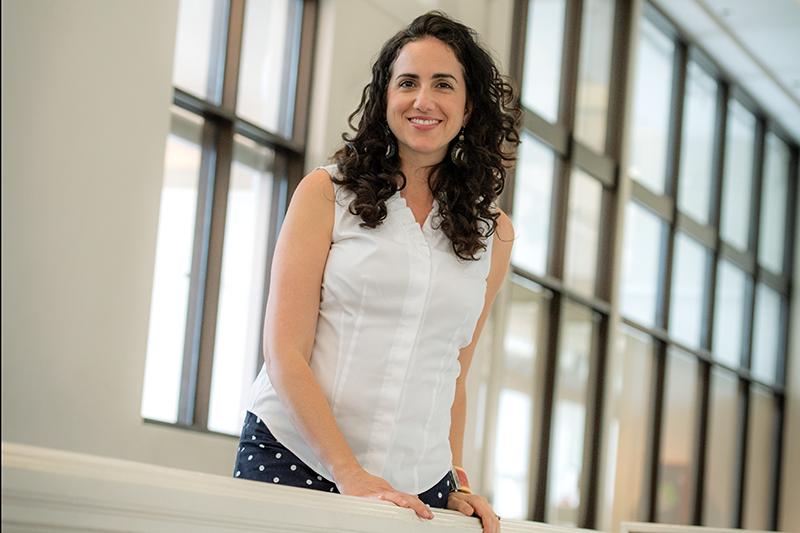More than the ‘pretty police’
As a journalist, Danielle Del Sol learned about the importance of historic preservation from working a real estate news beat and seeing how preservation fits into a scheme of affordable housing and neighborhood quality of life.
Del Sol eventually turned that beat into a career change: In February, she was named executive director of the Preservation Resource Center in New Orleans, leading the city’s premier organization devoted to preserving and restoring local architecture and neighborhoods.
New Orleans has plenty of historic housing stock, but some of the city’s problems aren’t unique, Del Sol said. Other places struggle with excessive blight, a lack of affordable housing and water-management issues. As executive director, she intends to lead the 44-year-old organization in addressing these issues, working with other cities to find solutions.
“Saving as much of what we have is a huge deal to us,” she said. “When it comes to tear-downs, people kind of have a mindset: ‘We have plenty. We can get rid of a few and it doesn’t matter.’ But the reality is that enough people say that, and we end up losing an incredible amount of historic structures,” said Del Sol, who in 2011 earned a Master of Preservation Studies in the School of Architecture and who also serves as an adjunct lecturer there.
In the meantime, Del Sol wants New Orleanians to know that the Preservation Resource Center is ready to help tackle issues that people face every day, such as renovations that require less maintenance and increase energy savings—all while staying true to the historic nature of the city’s well-known and -loved architecture.
“People think we’re the ‘pretty police’ … but it’s not just about that. A historic property is an investment that everyone shares in,” she said.
To that end, Del Sol is working with local agencies to incentivize New Orleanians to maintain their properties along preservation guidelines, especially since cheaper construction alternatives can be attractive to renovators.
“If it’s been there for 100 years, there’s a reason it’s been there 100 years,” she said. “It’s solid.”
Editor’s note: This article appeared first in the June 2018 issue of Tulane magazine.

